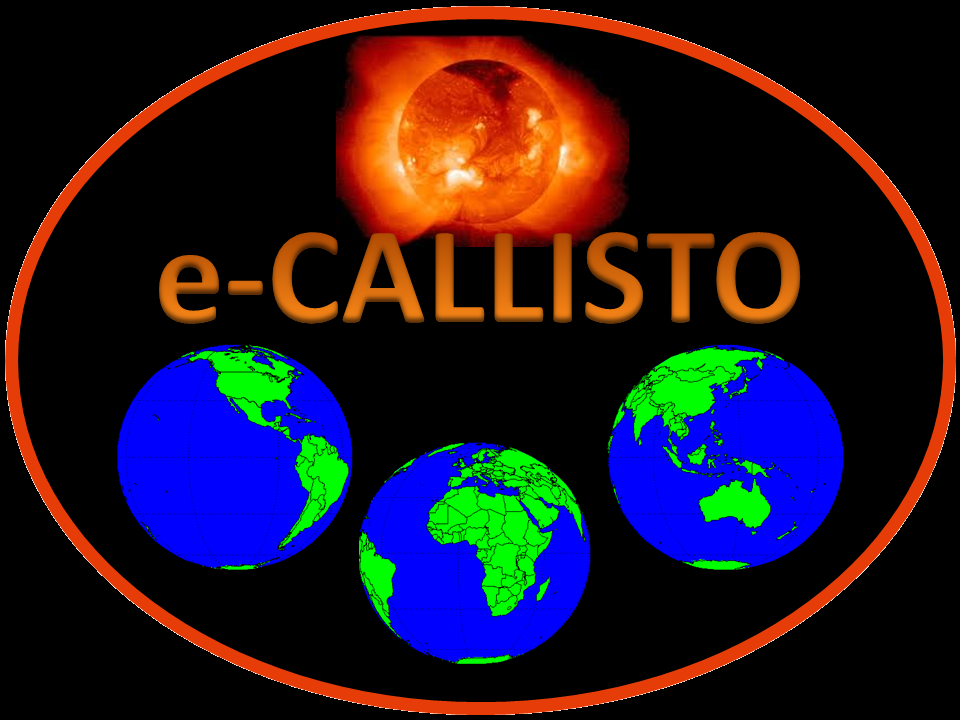
|
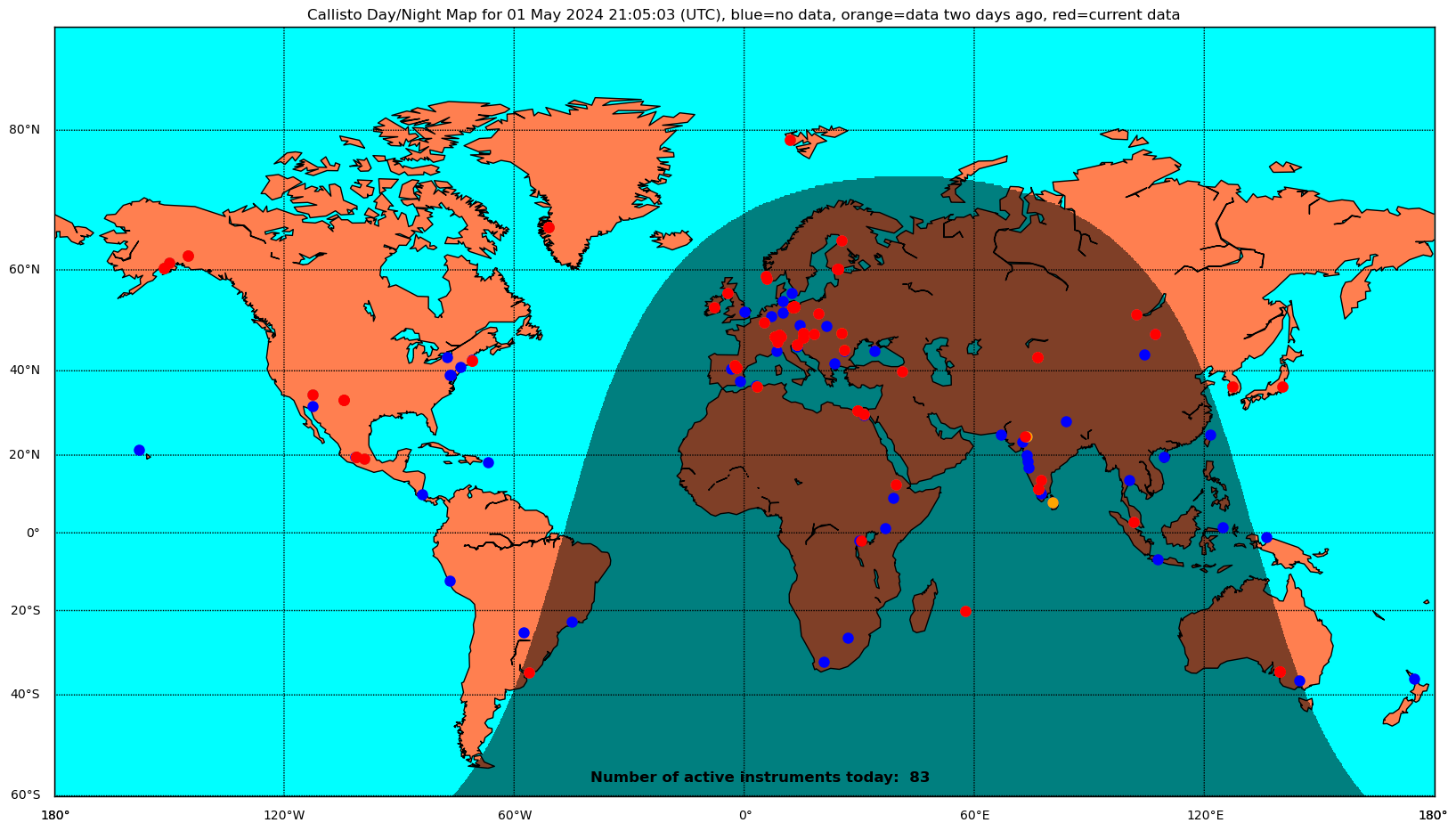
One dot can represent up to 5 instruments. Table of current distribution of Callisto. |
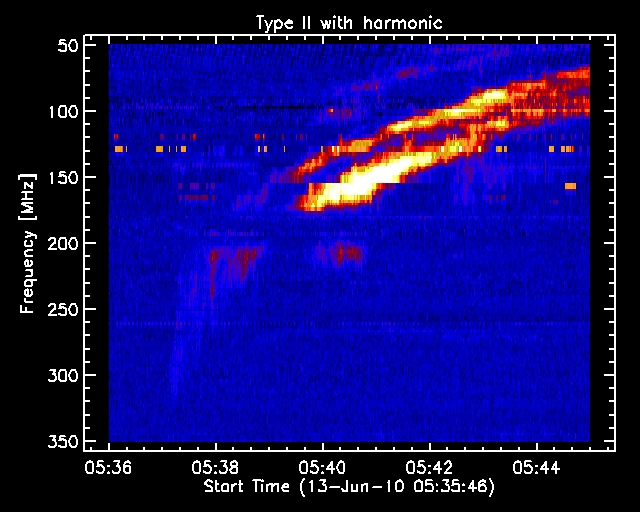
|

|

One dot can represent up to 5 instruments. Table of current distribution of Callisto. |

|
The CALLISTO spectrometer is a programmable heterodyne
receiver designed 2006 in the framework of IHY2007 and ISWI by
Christian Monstein (PI) as member of the former Radio Astronomy Group
(RAG) at ETH Zurich, Switzerland. CALLISTO is an artificial word, composed as
'Compound
Astronomical
Low frequency
Low cost
Instrument for
Spectroscopy and
Transportable
Observatory'.
The main applications are
observation of solar radio bursts for astronomical science, education, outreach
and citizen science as well as rfi-monitoring. The instrument natively operates
between 45 and 870 MHz using a modern,
commercially available broadband cable-TV tuner CD1316 having a
frequency resolution of 62.5 KHz. The data obtained from CALLISTO are
FIT-files with up to 400 frequencies per sweep. The data are
transferred via a RS-232 cable to a computer and saved locally. Time
resolution is 0.25 sec at 200 channels per spectrum
(800 spectral pixels per second). The integration time is 1 msec and the radiometric
bandwidth is about 300 KHz. The overall dynamic range is larger than 50 dB.
For convenient data handling several IDL-, PERL- and Python-routines
were written.
Many CALLISTO instruments have already been deployed worldwide through the IHY/UNBSSI and ISWI
instrument deployment program, CALLISTO is able to continuously observe
the solar radio spectrum for 24h per day through all the year. All
CALLISTO spectrometers together form the e-Callisto network. CALLISTO
in addition is dedicated to perform radio-monitoring within its frequency range with
13'200 channels per spectrum. The frequency range can be expanded to
any range by switching-in a heterodyne up- or a down-converter.
Data from individual instruments are automatically uploaded by FTP
to the central server at FHNW. Data which are not locked to UTC (either
from the past or from the future) generate an error report.
Instrument deployment including education and training of observers was
financially supported by SNF, SSAA, NASA, Institute for Astronomy and
ETH Global, formerly known as North-South Center of ETH Zurich and a
few private sponsors.
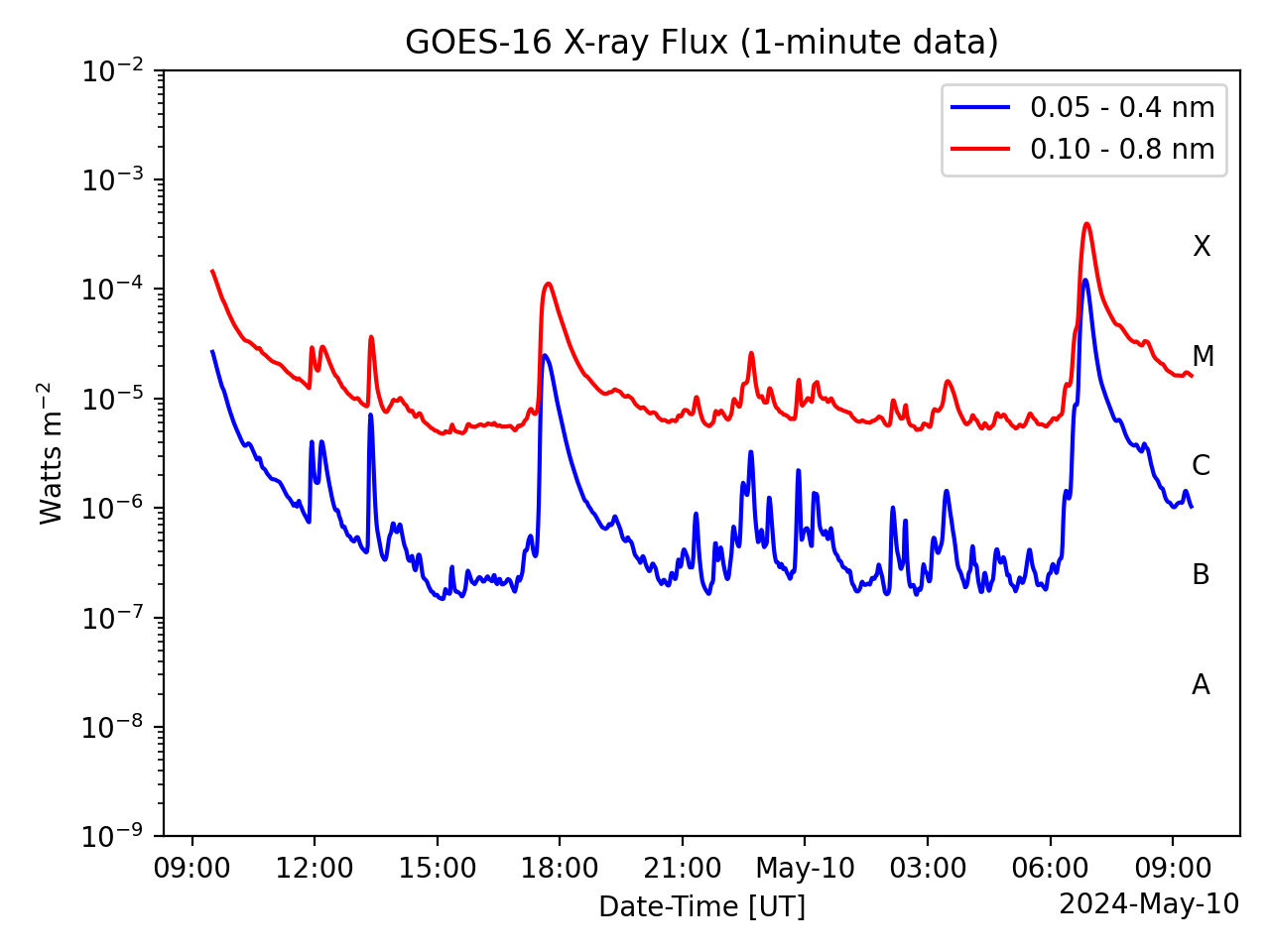
|

|
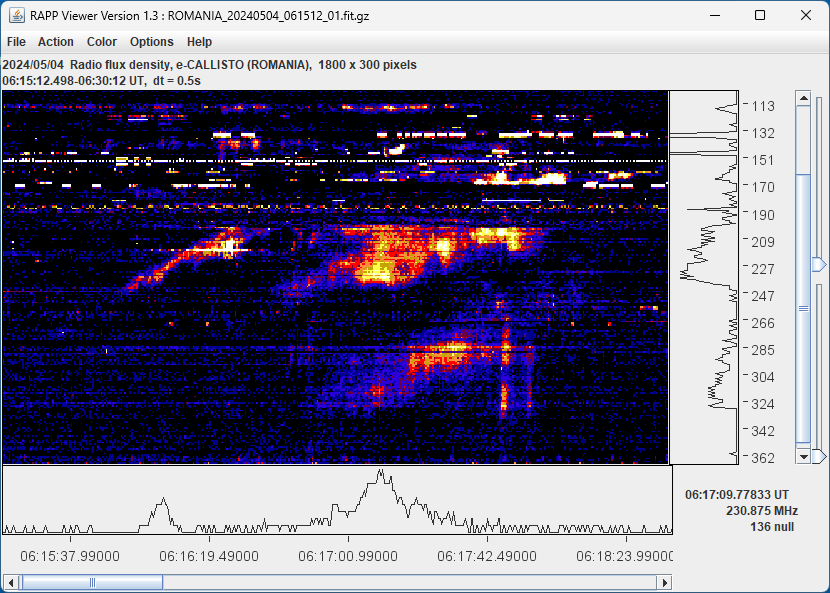
X-axis = time in UT, Y-axis = frequency in MHz and Z-axis = intensity in ADU. |
Solar Activity now (courtesy SWPC/NOAA) and GSFC/NASA.
GOES-16
e-Callisto Journal 2003 till today.
Solar radio bursts in an acoustic representation.